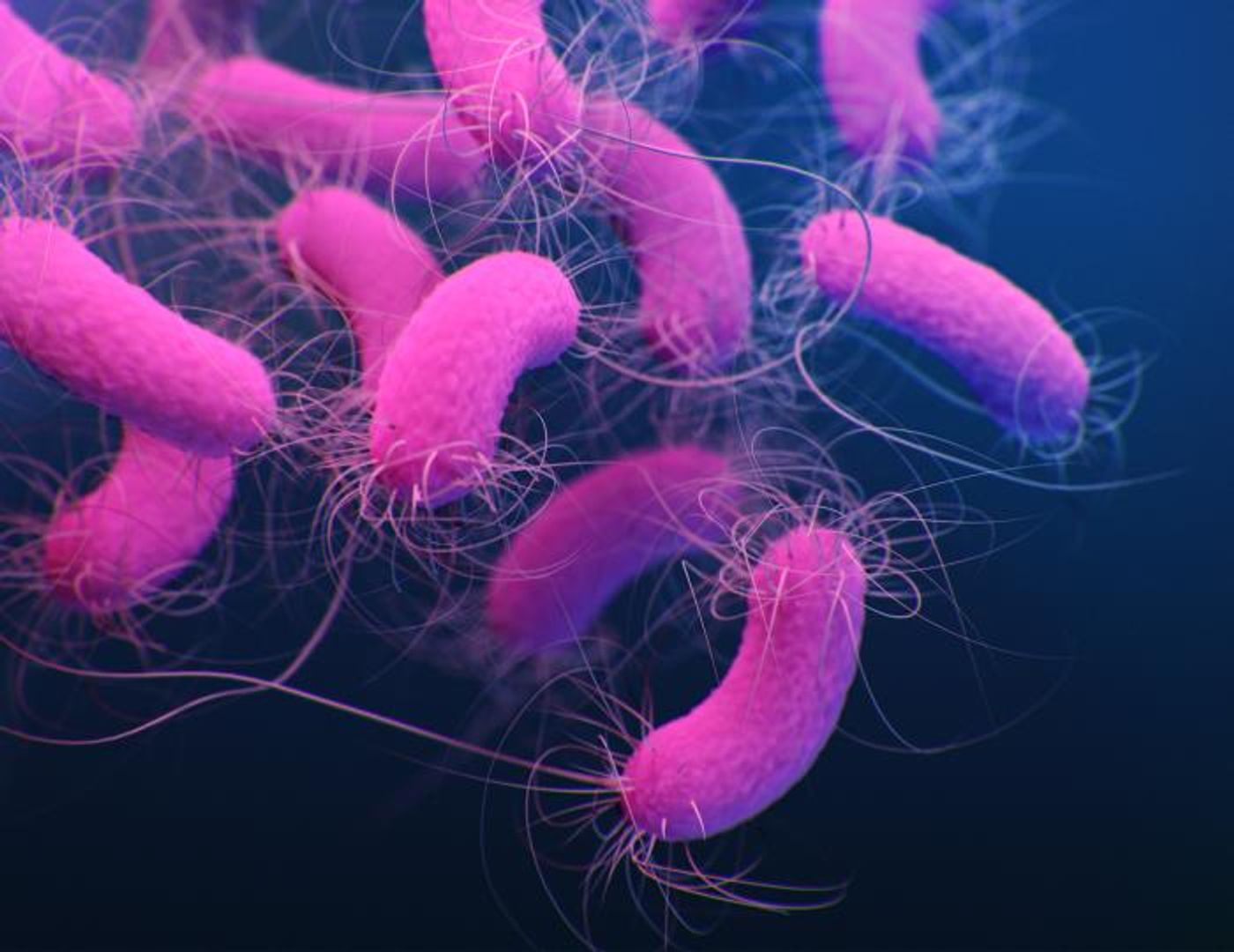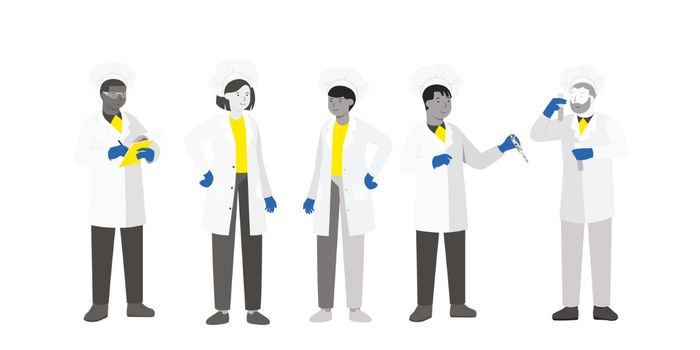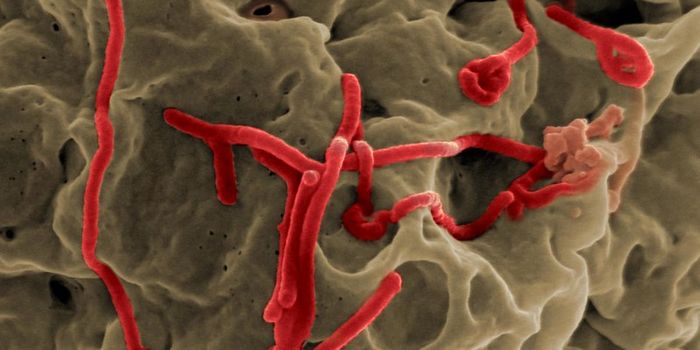Cracking the Impenetrable Pseudomonas Bug
Pseudomonas aeruginosa bacteria have a remarkable ability to adapt, and they grow easily in many environments, including soil and freshwater. These bugs can take up residence in many places, including sinks, ice makers, toothbrushes, pools, and hot tubs. Pseudomonas germs can also grow on medical devices like ventilators and catheters, where they cause problems like pneumonia or urinary tract infections. Once these germs infect someone, such as through an open cut or wound, or on a medical device, they can cause very serious illnesses that are extremely difficult to eliminate.
New research reported in Nature has shown, however, that there is a way to penetrate the tough outer membrane of P. aeruginosa, and destroy the bacterium. In this research, the scientists exposed P. aeruginosa bacteria to hundreds of compounds, then used computational tools to reveal weaknesses. This data was used to modify a drug with no activity against the bug into one that could kill P. aeruginosa.
Pseudomonas is a gram-negative bacterium, a classification that is based on the nature of its outer membrane. “The Food and Drug Administration has not approved a new class of antibiotic drugs against gram-negatives in over fifty years," noted senior study author Professor Paul Hergenrother of the University of Illinois Urbana-Champaign.
Not only does P. aeruginosa have a nearly impenetrable outer membrane, it also has special structures called porins which selectively draw certain nutrients into the bacterial cell while excluding everything else. Compounds that aren't desired by Pseudomonas can be pumped out too, with twelve efflux pumps, added study co-author Emily Geddes, PhD.
“That really gives it a diversity of drug-resistance mechanisms that some other bacterial species just don’t have," said Geddes.
So the researchers aimed to test many different drugs to find one that could enter Pseudomonas, and stay inside, rather than looking for one that could kill the bug. Machine learning then showed what was common to the drugs that were able to get in and build up. It turned out to be compounds with a positively charged surface and more surface area that was able to donate hydrogen for forming chemical bonds.
These compounds, “can create sort of a gap in the bacterial membrane and destabilize it to let other things come through,” Geddes said.
Armed with that data, the investigators were able to start developing a drug that could also kill the bacterium. They modified an existing antibiotic called fusidic acid to create a derivative called FA prodrug.
“Fusidic acid alone has no activity whatsoever against Pseudomonas,” Hergenrother said. “And so being able to build that in is a pretty powerful demonstration of the rules.”
Unfortunate, the FA prodrug is not likely to become a new antibiotic against Pseudomonas, but the study has significantly advanced research into new drugs that can be developed for that purpose.









